What is the Barber or Liberty Head Dime (1892-1916)?
The Barber or Liberty Head Dime is part of a coinage series that also includes quarters and half-dollars. The United States Mint created these coins in conjunction with their then-chief engraver, Charles Barber. This is how the coin series earned its “Barber” coin nickname. The dimes, like the other coinage in the series, was minted from 1892 to 1916.
How did these coins get their design? In the late 1800s, the United States went through a series of changes with the rise of Industrial America. Americans wanted to see new and improved versions of almost everything, including coinage with the Seated Liberty design. So, the US Mint, by way of its then-director, Edward Leech put on a competition for a new coinage design, but hardly anyone showed up to participate. Artists felt as though the competition was unfair because only the winner would get a cash prize. So instead, Leech went to his chief engraver, Barber, and asked him to come up with a design. What Barber came up with is the “Liberty Head” series. President Benjamin Harrison approved the new design in November of 1891, and ever since then, the coin has gotten mixed reviews from the public. Though, in recent years, the coin has become popular with collectors again.
Composition of Barber Dime
- 90% silver, 10% copper
- Weight of Silver .07234 troy oz
- Value 10 cents or 0.10 US dollars
- Mass 2.500 grams
- Diameter 17.91 mm or 0.705 inches
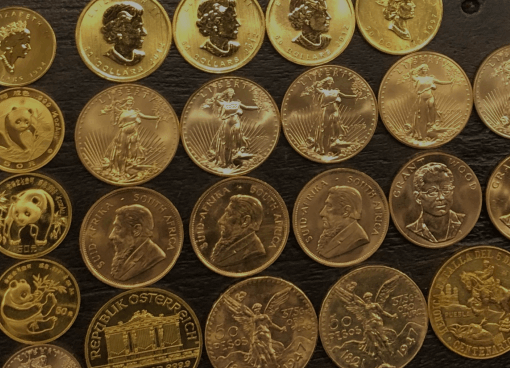
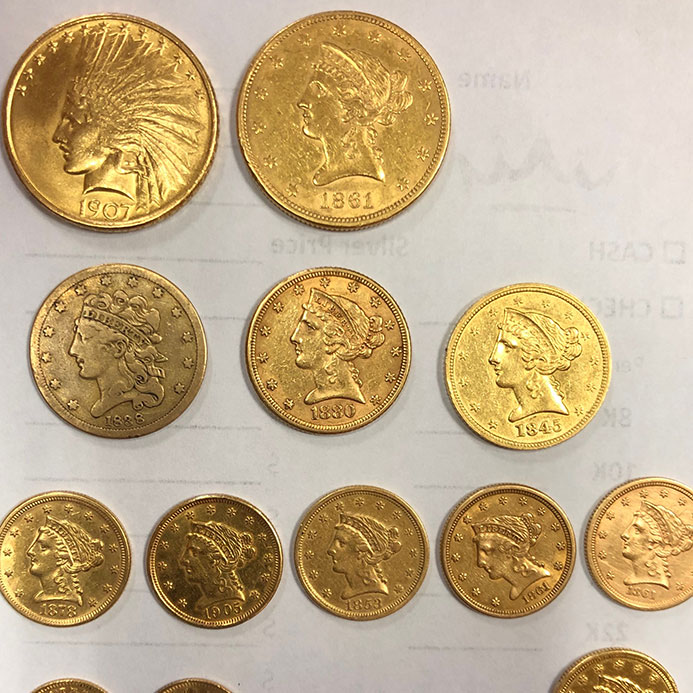
What is the Value of a Barber Dime?
The value of these coins vary, just like with any other coin. Their value is based on the year of the minting, the location of the minting, and, of course, the overall condition of the individual coin. Particularly with this coin, condition is very important to the overall value. Because these coins have silver content, that also adds to their value and pricing.
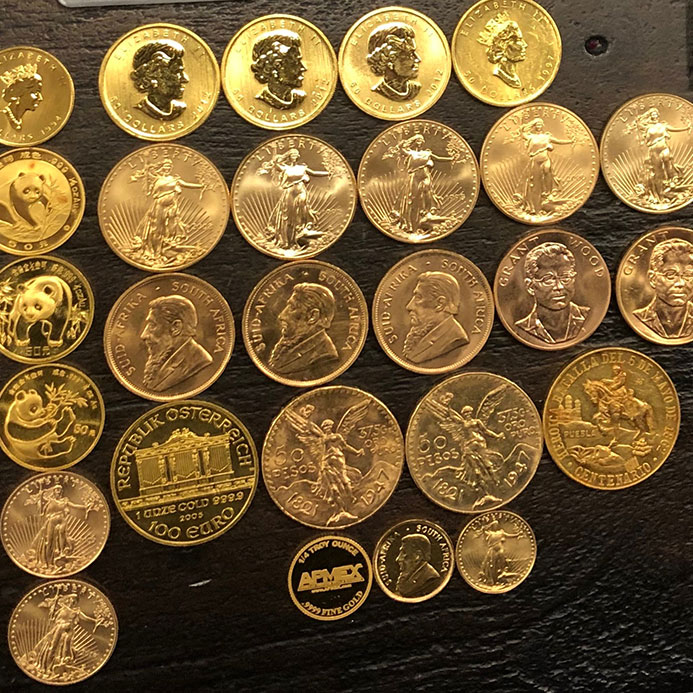
How can I Tell the Condition of My Barber Dime?
To get a good grasp on the value of your Barber Dime, you’ll have to closely examine it. As we said above, the coin’s condition has a drastic effect on its value. Also, the date the coin was minted and where it was minted have an effect on the value. Here is how to examine your coin:
- Zone in on a particular detail. As an example, take a look at the wreath on Lady Liberty’s head.
- Touch the area where the wreath is. Is the wreath smooth? Can you feel the outlines of the wreath? Or has the wreath nearly or completely eroded?
- Look for details. Is the wreath still present? Can you see any of the details? Can you see the outline of each individual leaf?
- Check the coin for more information. What is the date on the coin? Some years are more valuable than others.
- Check the coin for its mint mark, located just beneath the wreath. The coin will contain the letters D, O, or S. This stands for either the Denver Mint, New Orleans Mint or San Francisco Mint, respectively. Coins from the Philadelphia Mint don’t have a mint mark. What mint mark does the coin contain? Where the coin was minted also has an effect on its overall value.

More about the Mint Mark
The value of a Barber Dime is based on a few things, including where it was minted. The mint mark is located just below Lady Liberty’s wreath. Here, you’ll see the year the coin was made (for example, 1909-) and then its mint mark, “D” for the Denver Mint, “O” for the New Orleans Mint, or “S” for the San Francisco Mint. Barber Dimes were also produced at the Philadelphia Mint, but the Philadelphia Mint mark wasn’t used until after this coin was produced. Coins produced in Philadelphia are the most common and, therefore, they contain the least value. Coins produced in San Francisco are more valuable, especially if they are in good condition or extremely fine condition. Coins minted in Denver are less valuable than those minted in San Francisco, but more valuable than coins minted in New Orleans or Philadelphia.
Grading System
There is a general grading system when it comes to looking at coins and assessing their value. This is especially important when looking at older coins, like the Barber Dime. Below is an outline of the more important grade levels, though there are other grades, including “gem uncirculated.” This is a simple overview.- Poor – This is the first level. It’s a base or foundation. All coins are poor or better. This coin would be barely recognizable. You won’t be able to read anything on the coin and the image isn’t recognizable either.
- Fair – When a coin is in “Fair” condition the rims are well worn. The image may have some outline to it but the words are generally illegible.
- About Good – Things start to get better at this level in the grading system. Here you may see some outlining in the lettering. The image may be slightly more visible.
- Good – If the coin is “Good,” it means the coin has a readable inscription and image. For example, you should be able to see the word “Liberty,” even if its just a light tracing. You should also be able to read the date of the minting.
- Very Good – The next level for coin collectors is “Very Good,” meaning the inscriptions should be visible but plain.
- Very Fine – The next level is “Very Fine,” meaning the word “Liberty” is a bit more visible.
- Extremely Fine- The next level up is “Extremely Fine,” this level has a much higher value than previous levels. In this level the word “Liberty” will not only be more legible than in previous instances, the lettering should be rather sharp.
- MS 60 Uncirculated – The next level delves into the uncirculated versions of the coin and is aptly named, “MS 60 Uncirculated.” This means the coin lacks any sign of wear. The coin has luster and isn’t completely dull or flat, but it may also have stains, abrasions or marks on the surface, meaning it isn’t completely perfect.
- Perfect Uncirculated – This is the most perfect coin. This is a coin without any flaws. It is perfect and looks brand new.
Customer Testimonial

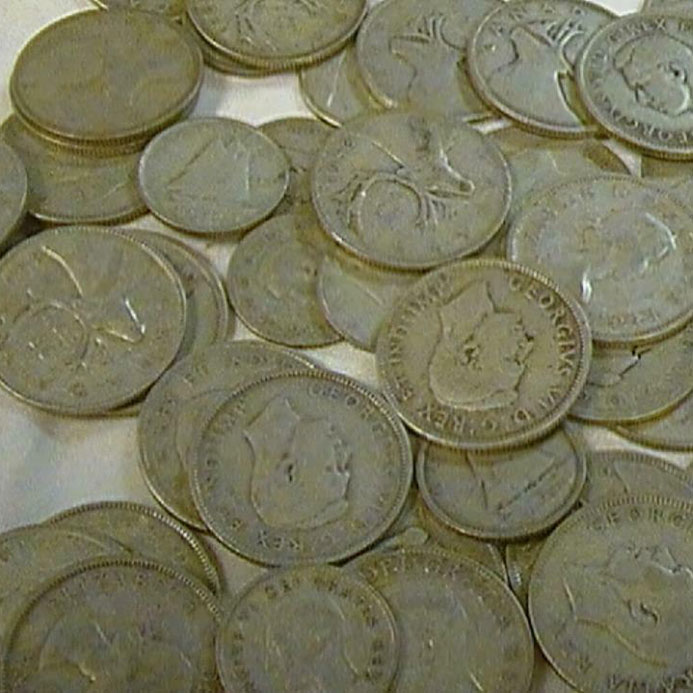
Can I sell my Barber or Liberty Dime?
Yes. Barber Dimes, aka Liberty Dimes, can be bought or sold, but you’ll want to work with a broker that knows these coins and their value. These coins are sought after by collectors and therefore are considered valuable, depending on a few different things. Value fluctuates, but as more and more people understand the value of collecting silver, the price will appreciate accordingly.
Can I purchase a Barber or Liberty Dime?
Yes. Of course, you’ll want to work with someone who knows the value of these Barber or Liberty Dime coins.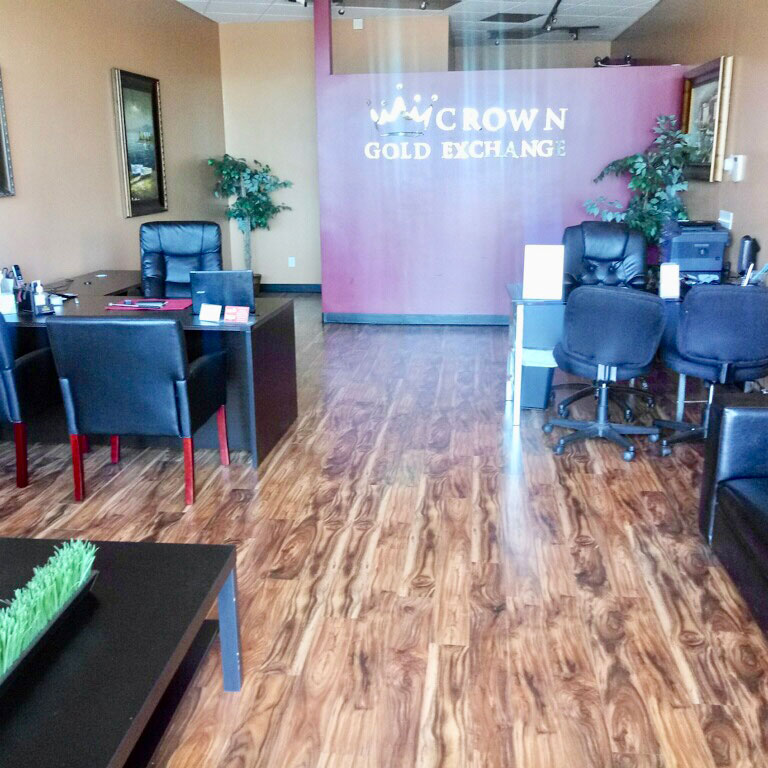
Choose Crown Gold Exchange
Crown Gold Exchange holds the utmost respect for you and your valuables. When you visit one of our locations, we make sure that you feel welcome, and that your property is protected. We use industry-standard equipment to ensure accurate measurement of your valuables, and we have a special process to keep your valuables safe. Our accuracy enables us to offer you top dollar, and we have several different payment methods available for your convenience, so you won’t be waiting around to get paid.
Crown Gold Exchange will purchase any kind of gold you bring us, including 8-karat, 10-karat, 14-karat, 18-karat, 21-karat, 22-karat, 24-karat, or anything else. We buy gold bars, gold bullion, gold jewelry and some gold plated items like pocket watches. If you happen to be in possession of an exclusive piece made by a top gold designer such as Cartier, Tiffany, Rolex, or Patek Philippe, we will often pay more than the weight of the item. Such special pieces often command a higher price on the secondary market due to their superior craftsmanship
BUYING YOUR GOLD, SILVER, DIAMONDS AND COINS SINCE 2010
She explained everything to me and it made me feel very comfortable.
Sloane
Crown Gold Exchange Customer
